Last updated on June 10th, 2025 at 06:08 pm

If you are suffering from sciatica, you might know how painful it is. It starts with pain somewhere in the lower back. It is often associated with a pulling sensation on the back of the thigh, travelling down behind the leg.
In the worst case, the sciatica sufferer may go bedridden.
We will go deeper into other symptoms later in this article, but exercise coupled with physiotherapy is considered one of the best conventional methods to cure it.
However, the physiotherapy treatment process for sciatica consists of more than exercises. In this article, I will focus on how physiotherapy can help a sciatica sufferer and what procedures it includes.
The process I will describe is our clinic’s standard treatment protocol, but the basic principle remains the same among all the physical therapists.
- Sciatic Nerve Compression: Top 4 Causes (From Herniated Discs to Piriformis Syndrome)
- 6 Warning Signs of Sciatica Nerve Damage (Don’t Ignore #4!)
- Best Physical Therapy for Sciatica: 3 Phases to Pain Relief (Evidence-Based)
- How to Prevent Sciatica from Coming Back (Lifestyle Tips & Posture Fixes)
Sciatic Nerve Compression: Top 4 Causes (From Herniated Discs to Piriformis Syndrome)
So, what is sciatica?
Sciatica is pain that radiates from the buttock downward along the course of the sciatic nerve2. The sciatic nerve originates from the lumbar region and travels down the buttock, back of the thigh and lower leg.
Any disturbance (nerve compression) to this nerve along its course, particularly at L4-L5 and L5-S1 levels, can lead to sciatica. This nerve compression is often the result of a few critical conditions:
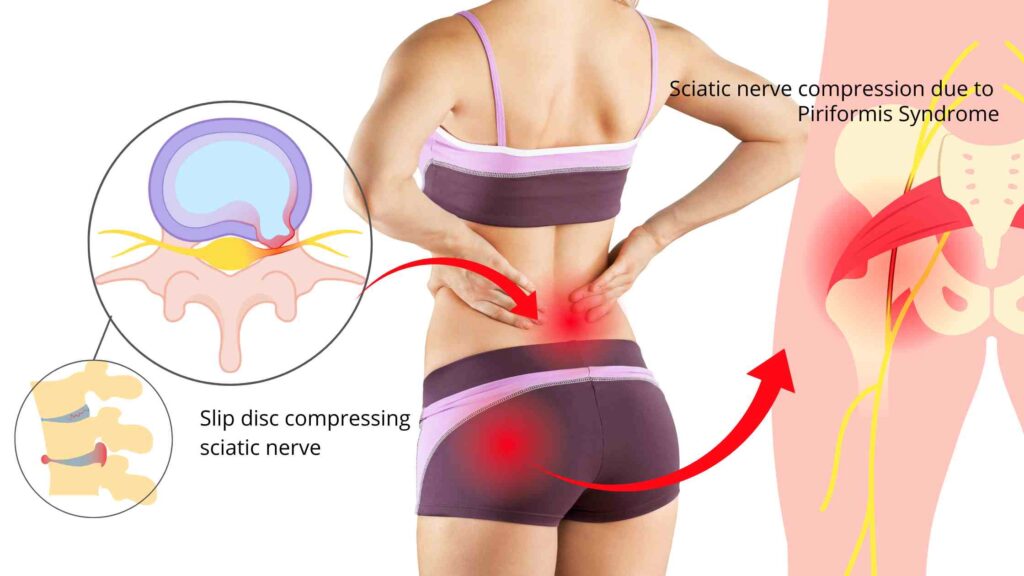
- Lumbar Slip Disc: Between two vertebral bones lies a disc-shaped, jelly-like structure called an intervertebral disc. It is a very soft structure that acts as a shock absorber. The disc ruptures and bulges out and can press against the sciatic nerve in a prolapsed disc.
- Piriformis Syndrome: Piriformis occurs when the piriformis muscle, located in the buttocks near the top of the hip joint, spasms and irritates the sciatic nerve.
- Degeneration of the Spine: Ageing can lead to changes in the spine’s structure, potentially impinging on the sciatic nerve.
- Other Factors: This includes facet joint injuries, spinal stenosis, spondylolisthesis, and sacroiliac dysfunction.
Among all these prolapsed lumbar disc is a leading cause of sciatica. According to the study, 85% of cases of sciatica are associated with disc bulges2.
6 Warning Signs of Sciatica Nerve Damage (Don’t Ignore #4!)
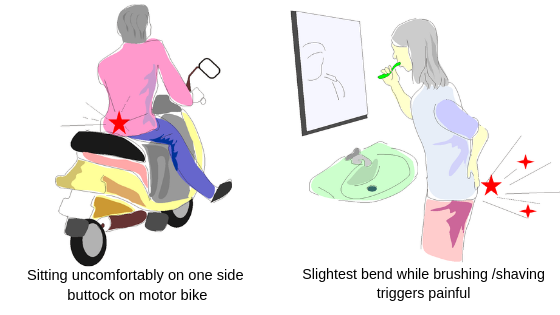
Sciatica starts with a pinch on the lower back. Remember that sudden forward bend to brush your teeth or try to pick something from the floor, resulting in your lower back becoming almost painfully locked in the bending position.
This happens because of an awkward bending position, causing the bulging of lumbar disc material. This bulged disc material compresses the sciatic nerve, resulting in sciatica.
The sciatica sufferer often complains of:
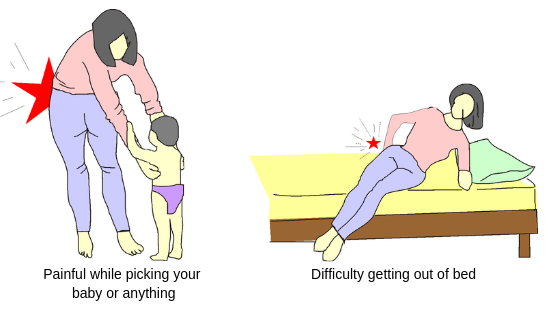
- Pain radiating from the lower back to the back of the leg.
- Pulling sensation at the back of the leg.
- Sufferers have trouble getting out of bed, and climbing stairs is painful.
- On a motorbike, you sit tilted on one side of the buttock while trying to keep your leg straight to avoid pain.
- Increased discomfort after prolonged sitting.
- Over time, you felt a tingling sensation and numbness in your leg.
Best Physical Therapy for Sciatica: 3 Phases to Pain Relief (Evidence-Based)
As I mentioned in the introduction, exercises for sciatica are very crucial, but physiotherapy is essential for quick and full recovery. Studies also suggest that physical therapy intervention is effective in curing sciatica 1.
Sciatica can be categorised into three phases depending on the severity of the pain. We will discuss each phase in detail and try to understand how to manage it. These three phases are phase I, phase II and phase III.
Phase 1: Immediate Sciatica Pain Relief (Rest, Heat Therapy & Support)
Phase I is the period of severe pain and disability. Pain is so severe that the slightest movement is enough to elicit the pain, and often, the person is bedridden.
So, managing the pain is of utmost priority at this phase. There are different modes of controlling pain. Let us discuss one by one.
Rest

During severe pain, rest is essential. But rest in a proper pain-free position is also essential. Below are the 3 resting positions, which you can adapt according to your convenience.
Your physiotherapist will guide you to the proper resting positions. These can be one of the above or a combination of all.
Hot therapy
Hot therapy is very beneficial for pain relief. They should be applied after the pain balm is applied over the tender region. One can use a hot water bag or an electric heating pad.
Support
When dealing with sciatica, it is essential to prioritize back protection and support. One way to achieve this is by using a back pain belt.
However, selecting a well-fitting belt that can provide the appropriate level of support and compression to alleviate sciatic nerve pain effectively is crucial.
A good-fitting back pain belt can help stabilise the lower back, reduce inflammation, and relieve the pain and discomfort associated with sciatica.
Phase 2: Sciatica Stretches and Spinal Mobilization (Step-by-Step Guide)
After initial pain relief, focus shifts to restoring flexibility. Here’s how physiotherapists treat sciatica in Phase 2:
- Lumbar Traction Therapy: How mechanical traction helps disc bulges.
- Lumbar Spine Mobilization: Gentle realignment to decompress nerves.
- Sciatica Strengthening Exercise.
Lumbar spine mobilisation
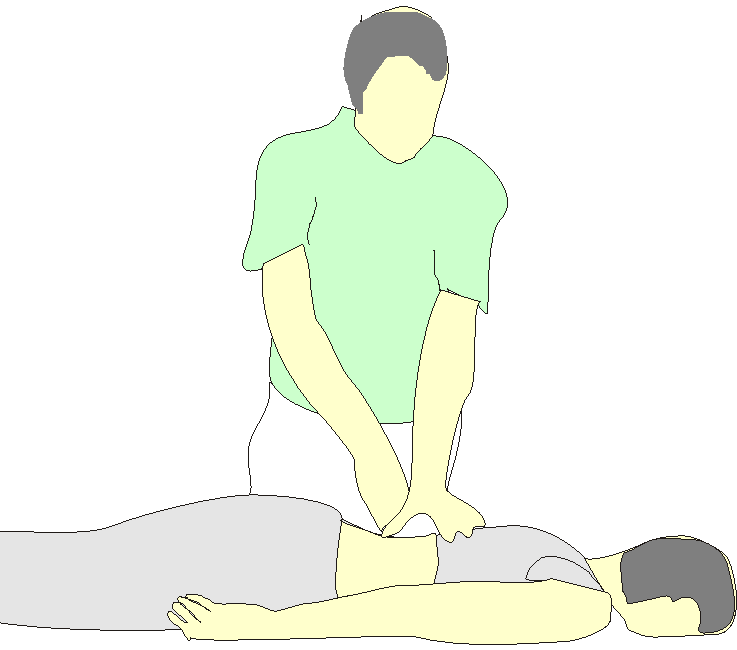
A technique performed by physiotherapists to gently realign the spine and relieve nerve compression.
Lumbar traction
At this phase, intermittent lumbar traction is started. A calculated amount of traction force is given. Two belts with hooks (a waist piece and a chest piece) are fastened to the patient: one around the waist and another around the chest.

The patient is then made to lie on the traction table. The lower belt hooks to the traction machine, which applies the pulling force. The chest piece belt holds the body in a static position to counter the pull.
Strengthening exercises
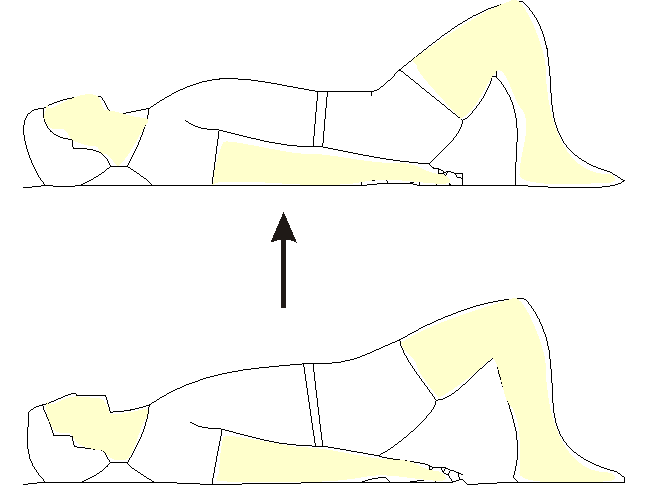
Specifically designed exercises to strengthen the back muscles, support the spine and reduce the burden on the discs.
Phase 3: Advanced Sciatica Exercises to Prevent Future Flare-Ups
This is the period of rehabilitation. The final phase aims for full rehabilitation, emphasizing posture education and advanced strengthening exercises.
Posture Education:
One of the leading causes of sciatica is poor posture, which can lead to nerve impingement and inflammation. Therefore, teaching and reinforcing correct sitting posture on the computer is essential to preventing future episodes of sciatica.
Correct posture involves maintaining a neutral spine position, with the spine’s natural curves in alignment. This can be achieved by sitting up straight, keeping the shoulders relaxed, and the feet flat on the floor.
It is also important to avoid sitting or standing for prolonged periods and to take breaks to stretch and move around.
Advanced Strengthening Exercises:
Advanced strengthening exercises for sciatica are designed to improve the strength of the back, abdominal, and leg muscles to support the spine and maintain proper alignment.
By doing so, the muscles are better able to support the spine and reduce the pressure on the sciatic nerve, which can help to alleviate pain and discomfort.
In addition to this, it is highly beneficial to add stretching exercises for sciatica, which can give almost instant relief in radiating pain.
How to Prevent Sciatica from Coming Back (Lifestyle Tips & Posture Fixes)
Navigating through sciatica requires patience, perseverance, and the right therapeutic approach. As we understand the underlying causes, symptoms, and appropriate physical therapy interventions, we pave the way for effective management and recovery.
Remember, the road to recovery may have ups and downs, but with proper care, guidance, and a tailored physical therapy program, overcoming sciatica is within reach. Let’s embark on this journey together, armed with knowledge and the determination to return to a pain-free life.
Keep Reading: Sciatica pain relief: Dummies home guide that works
Sciatica Physical Therapy FAQs: Your Top Questions Answered
The author is a physiotherapist who has been practising for the last 17 years. He holds a Bachelor's in Physiotherapy (BPT) from SVNIRTAR (Swami Vivekananda National Institute of Rehabilitation and Research), one of the prestigious physiotherapy schools in India.
Whatever he learns dealing with his patient, he shares it with the world through blogs and e-books. He also owns a YouTube channel, "Sunit Physiotherapist" with over 8 lakh active subscribers. Here, he shares everything he gets to learn serving the patient.
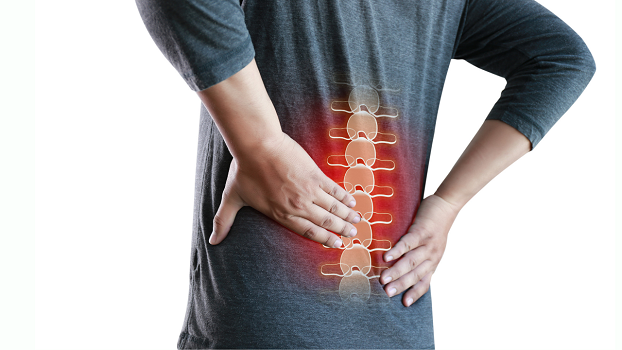


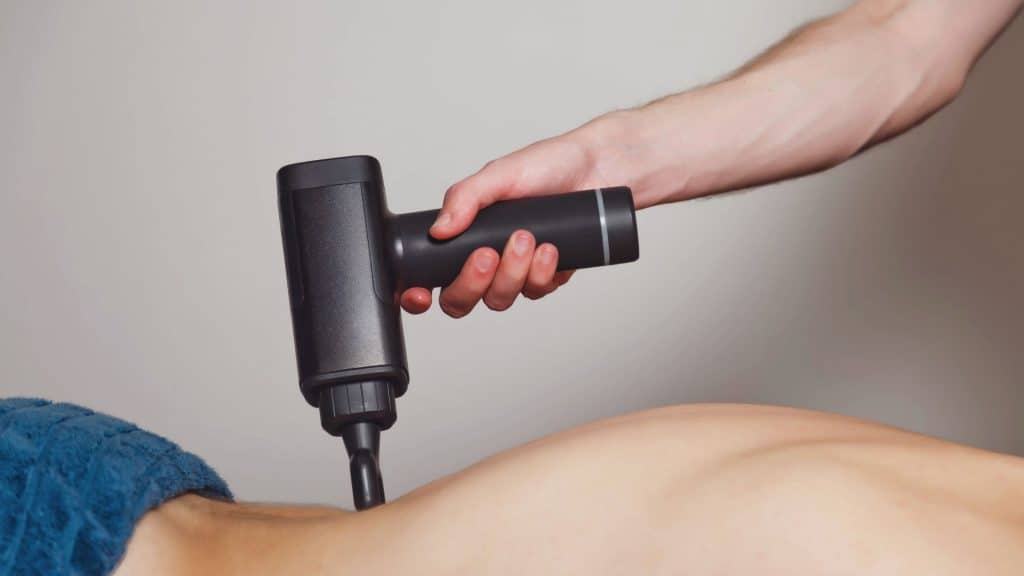
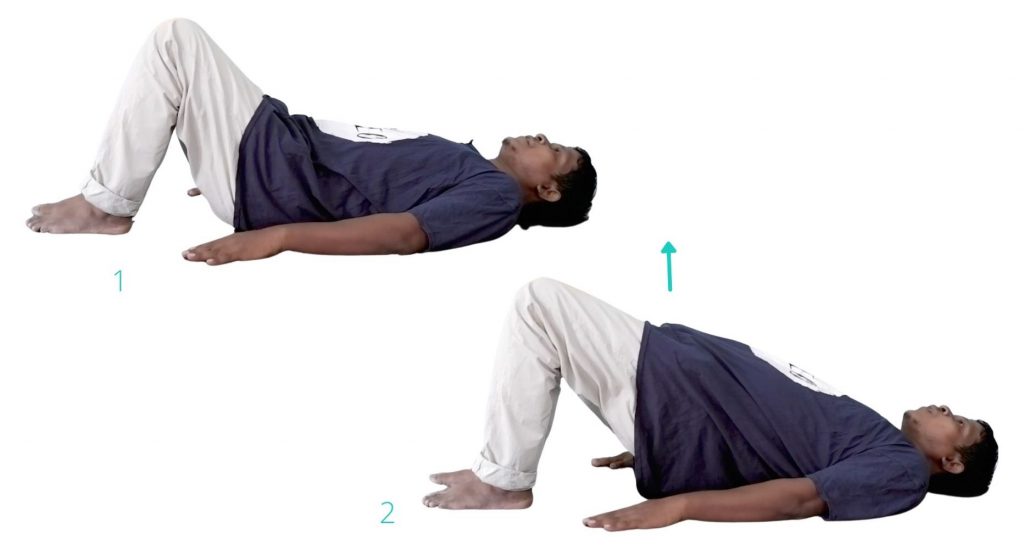

Excellent, thank you, I will send you an email!
Lilia
Kindly email me at sunitekka@gmail.com so that we can schedule a video consultation
Great article! How can I get an online paid consultation with you?
Glad that you liked it. We can be in touch on instagram @sunitphysio
Really great knowledge…
How do i contact you if i need your help?
You delivered such an impressive piece to read, giving every subject enlightenment for us to gain information. Thanks for sharing such information with us due to which my several concepts have been cleared. inversion therapy for sciatica
Nice post, Thank you for sharing valuable information. I enjoyed reading this post. The whole blog is very nice found some good stuff and good information here Thanks for sharing…Also visit my page.
Premium Folding Wheelchair
thnx
nice post
I am glad that you like this website. thanx for the encouraging words 🙂
Hey, very nice site. I came across this on Google, and I am stoked that I did. I will definitely be coming back here more often. Wish I could add to the conversation and bring a bit more to the table, but am just taking in as much info as I can at the moment. Thanks for sharing.
Tynor Functional Knee Support
Keep Posting:)